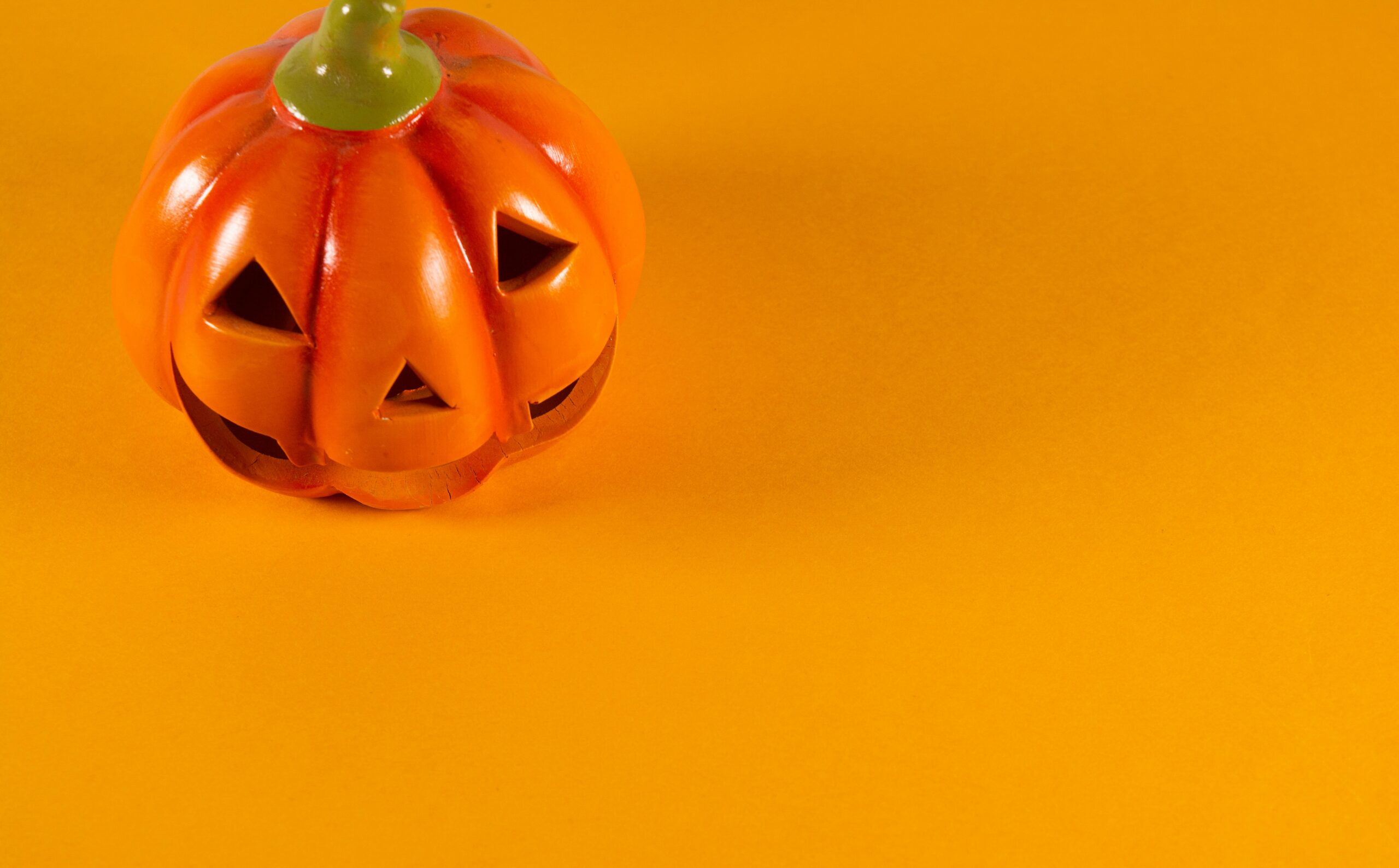When is a rat not just a rat at Halloween?
Topics

Halloween merchandise gets more varied and inventive every year. This often makes these fun, seasonal products tip into slightly grey areas when it comes to classification. Many teams are faced with compliance questions which can carry significant cost differences with duty rates depending on how they’re interpreted under the tariff rules.
At first glance, two nearly identical products might seem to belong under the same code. But even subtle differences in design, purpose or jurisdictional guidance can shift them into completely different tariff headings. And this can have commercial consequences.
Two rats, two classifications
This example shows how questions in classification can arise.
In the US, four polyethylene “assorted rats” in aggressive poses were ruled to be too realistic to count as toys. Because they were intended for Halloween decoration, they were classified under 9505.90.60.00.
In contrast, the EU classified a single plastic rat with red eyes, also clearly intended as a Halloween decoration, under 3926.40 as an ornamental plastic article.
These products are strikingly similar in both appearance and purpose. Yet they received different classifications due to differing interpretations of what qualifies as a seasonal product.
The grey area in Halloween classification
The Explanatory Notes (ENs) for heading 9505 define “Festive Articles” as those associated with a festive period and includes Halloween and other seasonal celebrations, not just Christmas. This seems to be the rule which the US follows when classifying; if the product is decorative, not utilitarian (has a specific function or use), and is designed and marketed for use during Halloween, it is generally classifiable in 9505.
The EU, however, applies a narrower reading. According to EU Explanatory Notes, a product “must be of decorative value and exclusively designed, manufactured and recognised as festive articles. These products are used during a specific day or period during the year”. They even give just one example of a Halloween item accepted under 9505: an artificial Halloween pumpkin (smiling or not).
 This guidance has led to what some describe as the “Jack-O-Lantern rule.” Unless a product includes a pumpkin-style motif, it’s often rejected for classification under 9505 in the EU.
This guidance has led to what some describe as the “Jack-O-Lantern rule.” Unless a product includes a pumpkin-style motif, it’s often rejected for classification under 9505 in the EU.
But even this rule isn’t consistently applied. One BTI ruling classified a product featuring witches and bats under 9505, while another classified a nearly identical item as a generic article of plastic under 3926. The inconsistency makes it clear that classifying Halloween products is a complex area and open to some interpretation.
Why this matters — financial and compliance risk
The financial implications can be significant. The same decorative rat classified under 9505.90.60.00 in the US might be duty-free. But when imported into the EU and classified under 3926.40, it could attract a 6% duty.
Add to that that classification discrepancies can lead to customs delays, customs audits and financial penalties – especially for businesses dealing with high SKU volumes and short seasonal sales windows – then getting tariff classification right here is crucial.
Attention to detail matters most along with a consistent, documented methodology in how teams came to decisions.
See more about classifying during peak seasonal periods in our Christmas blog.
Find out how TariffTel supports team during seasonal periods and how our platform makes audits and storing documentation simple.
Other Useful Resources
Budget analysis: The UK’s low‑value import reform
Yesterday’s UK Autumn Budget 2025 proposed a major change in the UK’s treatment of low‑value imports (LVIs), a shi...
CBAM: What you need to know for 2026
The EU’s Carbon Border Adjustment Mechanism (CBAM) is entering a decisive stage. From 1st January 2026, importers of c...
TariffTel named FDEA Export Awards finalist
We're thrilled to share that TariffTel has been shortlisted as Export Service Provider of the Year at the FDEA Export Aw...



